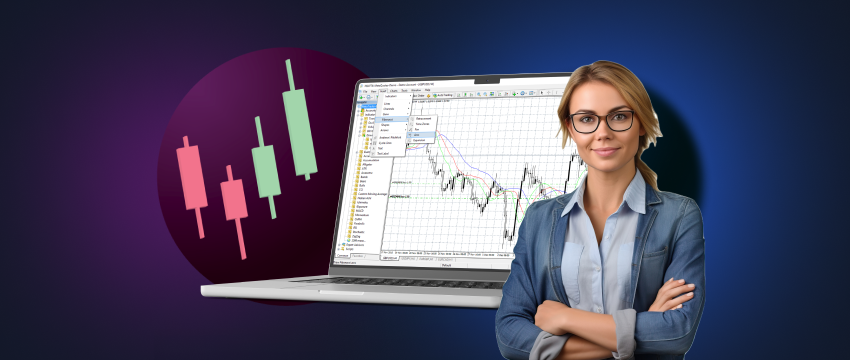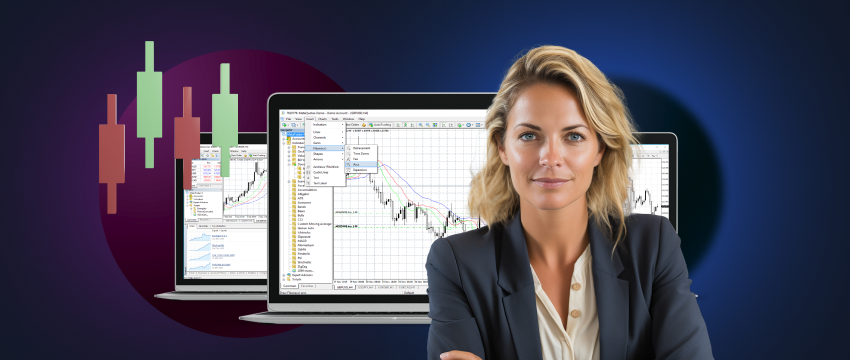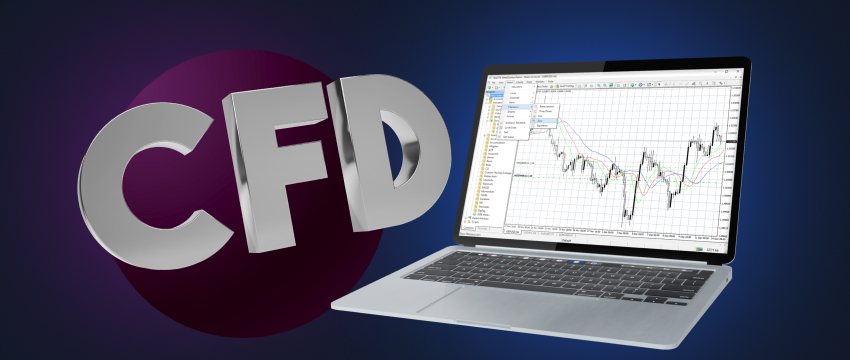High Frequency Trading (HFT) involves executing many transactions (trades) automatically at high speeds through algorithmic trading.
This can range from hundreds of thousands to several million trades per day. It is a trading approach often used by banks and other financial institutions, as well as by institutional investors. The primary appeal of HFT lies in the speed and ease with which trades can be executed, often within seconds.
In this way, HFT can accommodate large batches of trades, enabling market participants to capitalise on small price movements with minimal delay. HFT also improves market liquidity and reduces excessively small bid-ask spreads.
This is not to say that HFT doesn’t come without controversy, it does. For one, the level of automation it offers has drastically reduced the need for human interaction (trader/courtier) or intervention in the decision making process.
Furthermore, the speed at which transactions occur may also result in major market moves without good reason. Also, while liquidity is available, it can disappear from one second to the next, limiting a trader’s ability to enter or exit positions.

But how does High Frequency Trading work?
In order to achieve the speeds that it does, HFT uses high-powered computers collocated at or near exchanges. This process minimizes latency, the time lag between generating a trading signal and executing the trade.
Algorithms are used to analyse vasts amounts of data in real time. When these algorithms detect a trading opportunity, they proceed to execute transactions automatically and at unbelievably high speeds.
Algorithms exploit minor market inefficiencies that often last only a few milliseconds, making speed essential for HFT strategies to be effective.
Different types of HFT strategies
There are several ways in which HFT strategies can be implemented:
- Statistical arbitrage: this approach focuses on taking advantage of short-term price discrepancies between related currency pairs by leveraging statistical models and historical data analysis. Traders using this strategy need access to historical price data for the currency pairs they plan to trade. They also require the capability to analyse large datasets efficiently.
- Market making: market makers provide liquidity to the forex market. They do this by consistently placing bid/ask orders, making gains from the spread between the two prices. By continuously buying and selling instruments, they maintain liquidity in the market, helping to narrow bid/ask spreads and improve overall market efficiency.
- Arbitrage: using this strategy, HFT firms exploit price differences of the same instrument across different exchanges or asset classes.
- Event-driven trading: HFT algorithms are also capable of responding to economic news and events. This might be a central bank announcement, earnings releases, unemployment rates, a geopolitical event, and so forth. Algorithms quickly buy or sell securities in anticipation of market reactions. The critical advantage lies in their ability to analyze the information and execute transactions faster than other market participants.

Who is HFT best suited to?
For HFT to be effective, it requires access to technology, infrastructure, and capital. This means its usage is limited to a select few. This includes proprietary trading firms, hedge funds, large institutional investors, market makers, exchanges, and brokerage firms.
High-frequency trading is not generally accessible to retail traders who typically lack the advanced infrastructure and access to low-latency platforms required to execute high volumes of trades quickly.
Additionally, the short-term nature of HFT means they don’t really align with longer-term investment strategies, so for traders seeking to profit from longer-term trades would likely not benefit from high-frequency trading.
High-Frequency Trading and ongoing learning
While HFT is not typically targeted at individual retail traders, this is not to say that engaging in some form of ongoing education isn’t useful for firms or traders involved in high frequency trading. This is largely because technologies evolve, particularly in terms of algorithmic design and machine learning.
This also extends to the advancement of data analysis methods and the evolution of trading platforms. This requires a good understanding of the impact of this technological progression, and the ability to refine strategies or investment plans by the latest innovations, research, and shifting market conditions.
Key resources for learning include:
- Online courses and certifications to expand your knowledge on machine learning, data science, algorithmic trading, etc.
- Attend industry specific conferences and webinars to learn about new technologies, the latest trends, and expert insights.
- Engage with online forums and communities to exchange ideas, share strategies, explore data analysis advancements, and discuss technological advancements.
- Accelerate your learning about investment strategies by using open-source platform tools. GitHub for example hosts a range of projects that offer hands-on experience with building and testing high-frequency trading strategies.
- Read books, articles, blogs, and e-guides to gather knowledge on fundamental concepts in high-frequency trading. This includes algorithmic trading and financial modeling, among others.
The need for risk management in HFT
Like any other trading strategy, high-frequency trading comes with some degree of risk. Given the limited human intervention, implementing risk management systems is crucial to mitigating losses.
For one, the trader must be cognisant of unexpected events like system outages, market flash crashes, or even exchange glitches. Some measures may include setting risk limits or creating rules for adjusting positions in the event of unanticipated market movements.
High-Frequency Trading operational dependencies
As this article on Medium suggests, for HFT to work effectively, it depends on several operational factors, as follows
- “HFT systems require ongoing monitoring to ensure operational integrity, including the performance of algorithms and the health of the technological infrastructure.
- Successful HFT operations involve close collaboration between traders, quants, software developers, and IT specialists.
- HFT strategies often depend on high levels of market liquidity to execute large volumes of transactions quickly and at desired prices.
- Effective HFT algorithms should have mechanisms to learn from past trades and market conditions, adapting strategies as necessary.”
While barriers to entry in high-frequency trading remain high for retail traders, making it more suited to larger-scale financial firms, staying informed about HFT developments is beneficial for all market participants.
For high-frequency trading to be effective, a strong understanding of the market is important for risk management. Traders must engage in ongoing learning to stay ahead of technological advancements, as today’s strategies may become obsolete tomorrow.

Trading avec T4Trade
T4Trade has established a robust reputation, appealing to traders in many countries across the globe. T4Trade ticks many boxes in terms of regulation, reliability, learning opportunities, and more.
Other reasons that traders choose T4Trade are that it offers competitive spreads, flexible leverage, and quick and easy withdrawals and deposits.
T4Trade also provides multiple account types to choose from, meeting the demands of traders at all levels. Its trading platform, MT4, is user-friendly, and feature-rich, offering an optimal trading experience.
T4Trade’s multilingual customer support is top-tier and on hand 24/5 to help you with any pressing trading-related queries. Further, T4Trade offers access to high-end educational resources to help you become a better trader.
CLAUSE DE NON-RESPONSABILITÉ : Ces informations ne sont pas considérées comme des conseils ou des recommandations d'investissement, mais plutôt comme une communication marketing.




